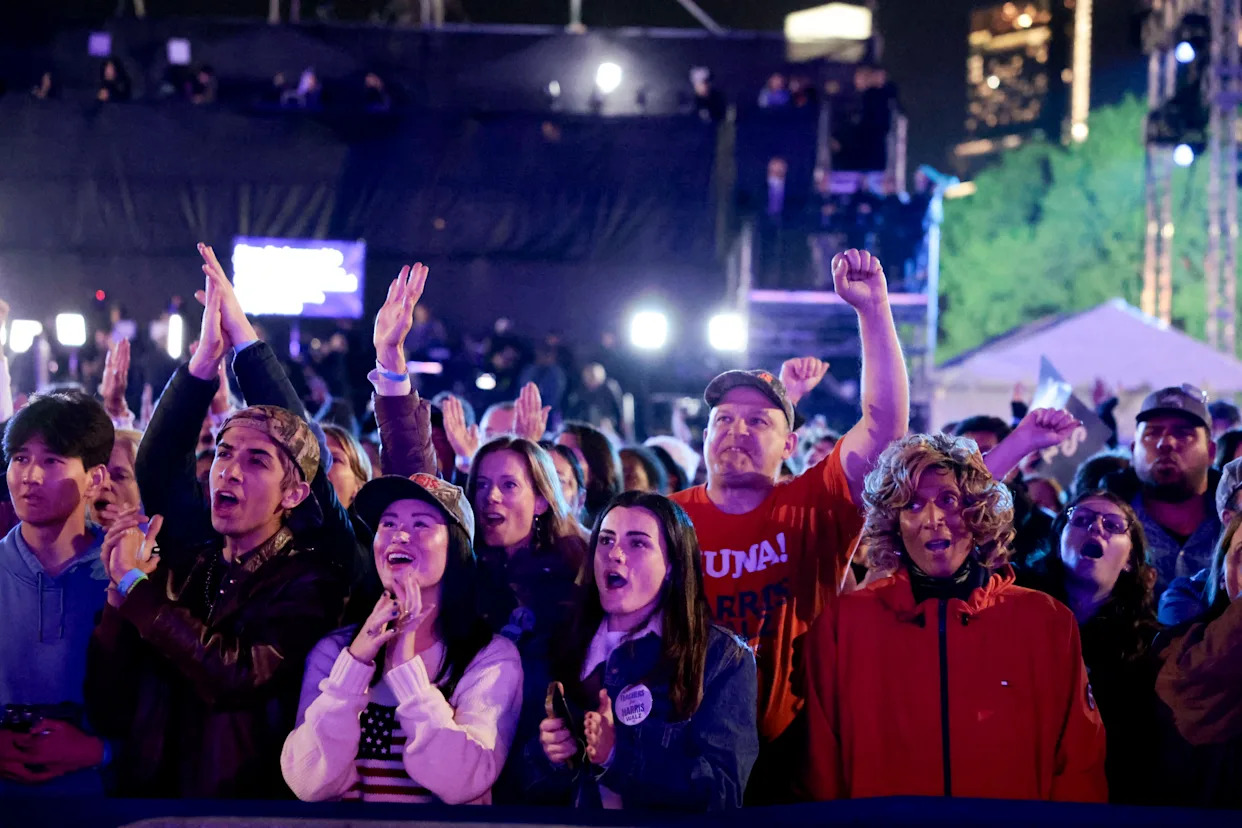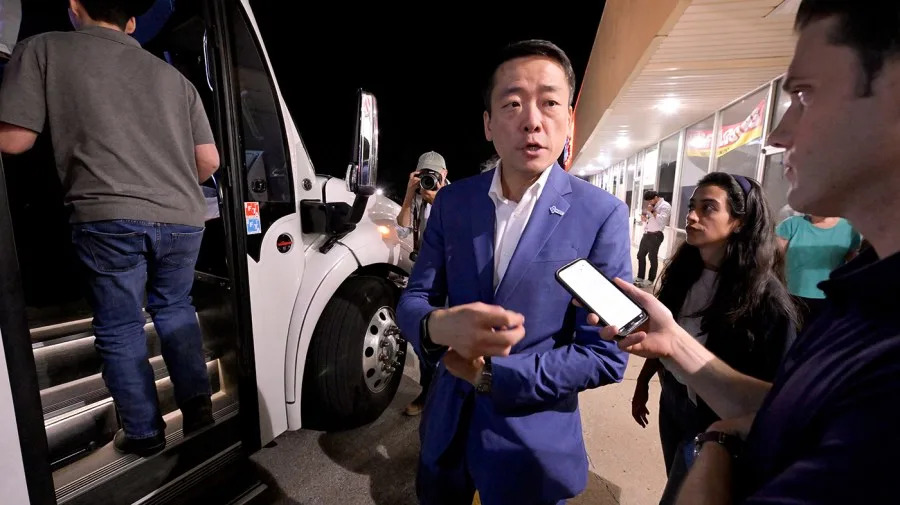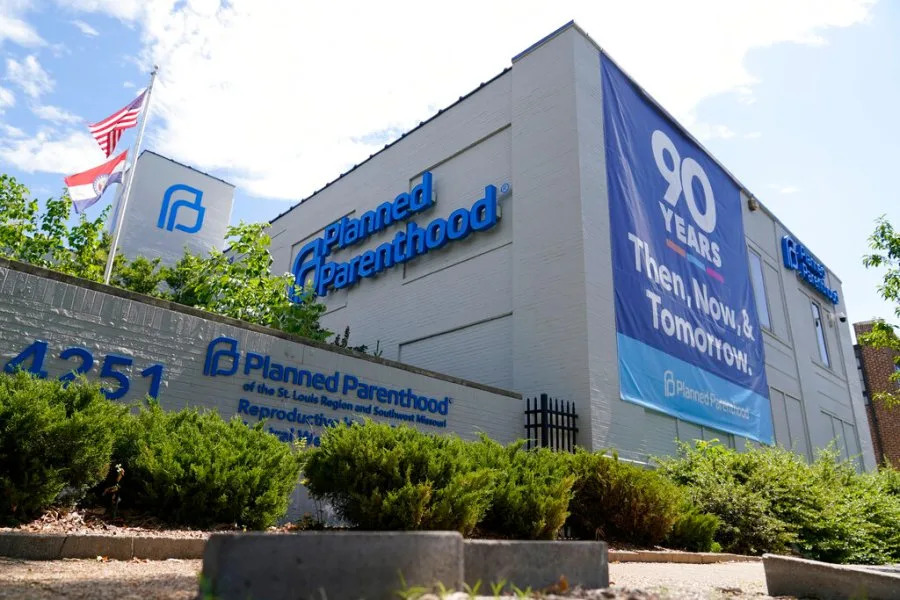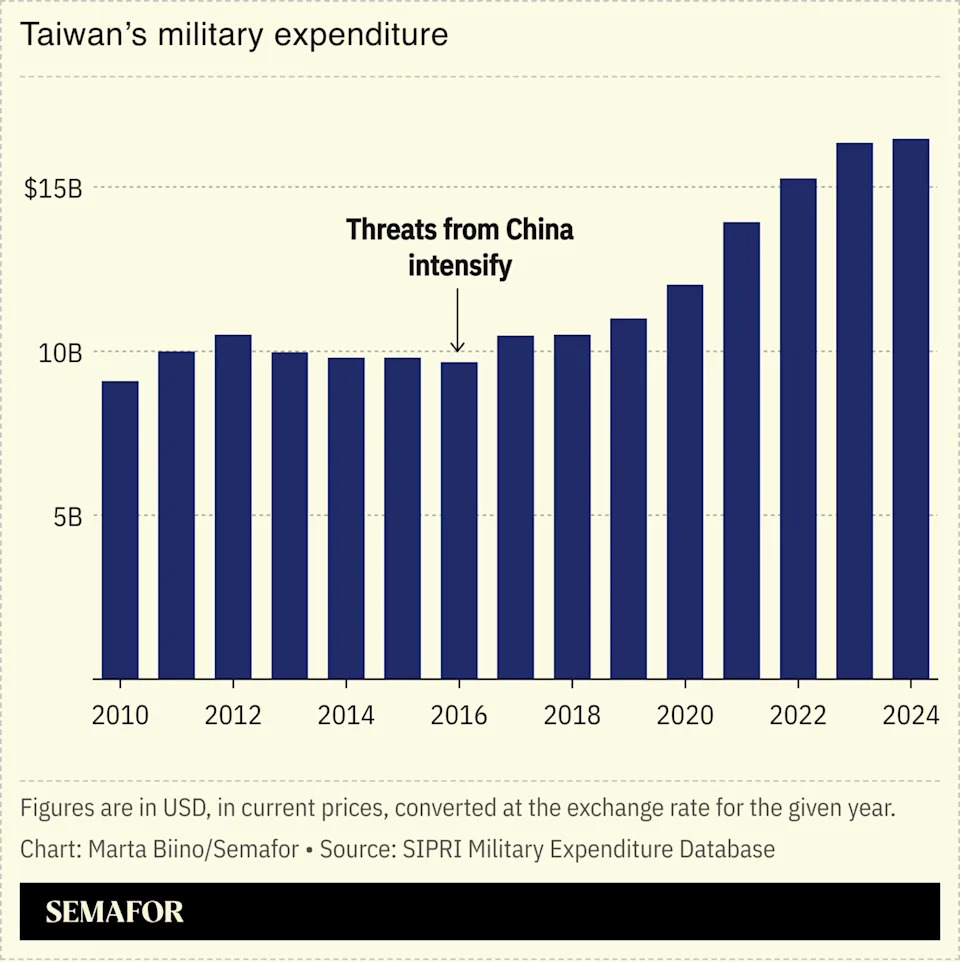
The future of American politics might be decided by whether young voters get most of their news through TikTok.
I don’t mean to single out the Chinese-owned vertical video app here. TikTok is a stand-in for a bigger phenomenon in modern American society: passive news consumption and incidental exposure, or the sense that news and information find their way to people.
As opposed to active news consumers — who are seeking out information, want to keep up with current events, and are more engaged with politics — passive news consumers encounter things in passing while scanning headlines on social media apps and video feeds or see and hear current events discussed by influencers on TikTok or their weekly podcasts. Politics might not be central to their lives. They might not be frequent voters. And so, they don’t go out of their way to keep up with the latest developments.
I’ve been thinking about this active versus passive distinction a lot recently, because I think it describes a lot of what is happening with Gen Z. This cohort of voters has been particularly confounding as of late. They are a lot more Republican than young voters of the past generation, even though plenty of evidence suggested they’d be the most progressive generation yet. Gen Z turned out in high numbers last year and shifted hard toward the GOP (though a slight majority did still support Democrats). Although there are signs this turn is slowing down, it doesn’t seem to be benefiting Democrats just yet.
Of course, no group of voters is monolithic, and no single reason can explain this evolution among voters ages 18 to 29. But I think there’s an overlooked, under-the-radar divide that could add some nuance to our understanding of Gen Z, why they are giving Democrats more trouble, and why they might continue to surprise both political parties.
After tuning into focus groups of young Americans conducted by the Democratic research project Navigator and taking a look at accompanying survey data by the Democratic polling firm Global Strategy Group over the last six months, it is clear that the active versus passive information divide is becoming a big split among the youngest cohort of Americans. This divide might explain why Democrats misjudged their level of support among young voters and why Republicans will face trouble with them in coming cycles.
Young Americans are disproportionately passive news consumers
Even as alternative media consumption grows, algorithmically powered feeds take root, and the primacy of mainstream media continues to decline, Americans generally tend to belong more to the “active” news consumption category than the “passive” one. According to Navigator’s research, some six in 10 eligible voters fall into the active category, while four in 10 belong to the passive one.
Those trends hold for all age cohorts except for one: voters under 30. Some 58 percent of young voters say “news comes to me.” It’s an anomaly. Majorities of other generations, including millennials and Gen X, say that they “seek out news,” while younger voters are more likely to consider themselves passive consumers of information.
There are other curious cross sections in this polling. Younger, passive news consumers tend to rely on social media websites — like Facebook, X, and YouTube — much more than broadcast television for their knowledge and awareness of politics when compared to young active consumers. The young passive group tends to prefer TikTok and Snapchat, while the active group prefers X. And more generally for passive news consumers, they tend to be non-voters or presidential-election-only voters for whom politics is really not important to their identities. Only about one in three would say politics is central to their lives.
Put all these trends together, and you start to see a picture of a young voter cohort dramatically divided by how informed and engaged in politics they are. There are those who care deeply about politics, have strong ties to either the Democrats or the GOP, tend to vote in most elections, and actively seek out news and information. They happen to be a minority in Gen Z.
And then, you have those who don’t care for politics, call themselves political independents and moderates, tend not to vote, and get informed passively. They are the emerging silent majority.
Ask them, and both might say they are “well-informed.” As the Navigator researchers put it in their recent report, “no one is ‘low information’” anymore; they exist in radically different environments and are hearing very different versions of reality.
Passive news consumers helped Donald Trump and Republicans last year; Kamala Harris and Democrats had an edge with young, engaged, and active news consumers — but they weren’t enough to outweigh the effect of passive, less engaged youth.
This is a familiar problem for Democrats. In midterm, off-year, and special elections, Democrats tend to be helped by having an electorate more populated with frequent and better-educated voters than in presidential cycles. You can now add a new dimension to this phenomenon: their form of news consumption.
This emerging divide is just starting to be seen
The information gap isn’t going away. Gen Z and millennials will be the largest eligible voting age groups of the electorate in the 2026 midterms and the 2028 presidential election.
The Gen Z focus groups, with both college and non-college educated young men and women, show this divide in sharp focus. The college-educated group skewed Democratic, many of its participants tended to talk about politics as being more central to their lives, and they referred to themselves as cautious but active news consumers. Many referred to mainstream and legacy news sources to fact-check claims they hear and as primary sources of news they can trust.
The other groups of non-college educated young men and women were made up disproportionately of passive news consumers. They reported much weaker ties to parties or ideologies, and very few mentioned that politics were a central part of their lives. They still felt well-informed on current events, and none cited traditional or mainstream news sources as the way they keep up with politics. Instead, what stood out to me was the varied kinds of tools they counted as sources of information: streamers, newsletters, Reddit, comments sections on short and longer-form YouTube videos, and AI-powered news summaries.
Overall, not a lot of news seems to be breaking through and sticking with the passive Gen Z participants, aside from generally negative views on the economy (and, at the time, the drama following the Epstein Files). They are upset with the state of the country under Trump, but they aren’t turning to or really hearing from Democrats in response.
These seem to be the kinds of voters that could play a decisive role in future elections. They are a majority of Gen Z, so will become a bigger part of the eligible voting pool. It’s not at all a given if they will vote, but if 2024 showed anything, it was that these Gen Zers can be persuaded and activated in numbers large enough to impact elections — something that should be concerning for both political parties and their future candidates.
If Navigator’s own efforts are any indication, at least some Democrats are trying to make the rest of their party aware that they have a big problem with passive Gen Z consumers. Navigator, for example, is encouraging Democrats to center a more progressive and populist message on economics, affordability, and wealth inequality as a way to break through to these kinds of voters.
Republicans, meanwhile, seem to be leaning into culture war messaging still through social media messaging, programs led by groups like Turning Point USA and the Young Republicans National Federation, and right-wing podcasters and influencers.
It’s too early to tell which will be more successful, but the wager for passive young news consumers may end up turning out big electoral rewards.





Comments